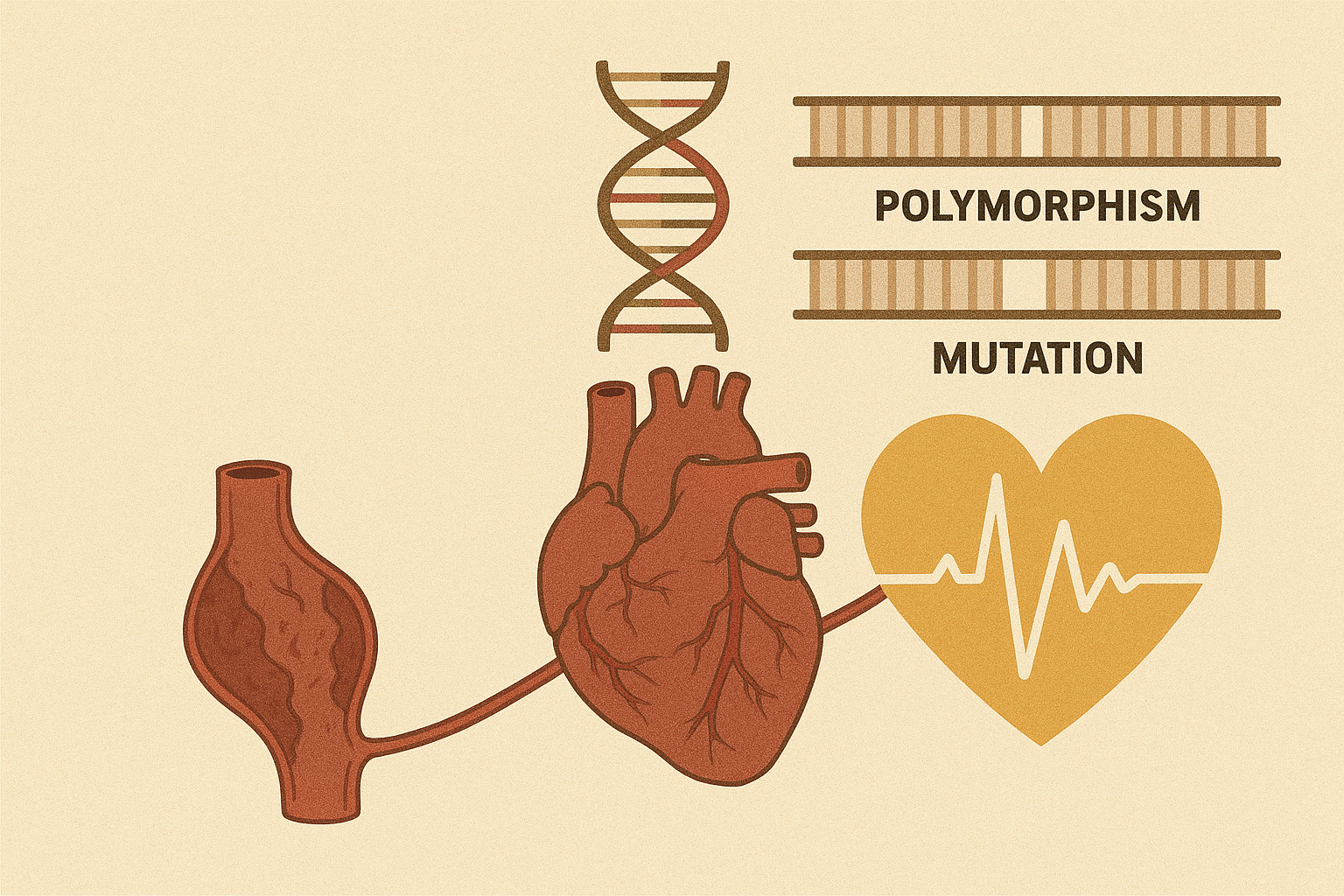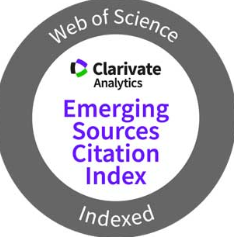Association of Mutations and Polymorphisms in the Lipoprotein Lipase Gene with Coronary Heart Disease in Iraqi Patients at Tikrit Hospital, 2024
DOI:
https://doi.org/10.4238/x27vjc05Keywords:
lipase polymorphism, coronary heart disease, cholesterol, Triglyceride, RFLP.Abstract
Background: Diabetes mellitus (DM) is a multifactorial metabolic disorder characterized by chronic hyperglycemia and disturbances in carbohydrate, fat, and protein metabolism due to defects in insulin secretion, action, or both. Previous investigations have explored the relationship between lipase gene polymorphisms, particularly those affecting cholesteryl ester transfer, and DM risk, though results remain controversial. This study aimed to evaluate whether specific lipase gene
variants are associated with lipid profile abnormalities in Iraqi diabetic patients and to examine potential links with coronary artery disease (CAD). Methods: A meta-analysis of existing studies clarified the association between the lipase gene TaqIB polymorphism and high-density lipoprotein cholesterol (HDL-C) levels in DM patients. A cross-sectional study was conducted with 160 Iraqi participants (90 DM patients and 70 controls). Serum lipids, including total cholesterol (TC), triglycerides (TG), low-density lipoprotein cholesterol (LDL-C), and very-low-density lipoprotein
cholesterol (VLDL-C), were measured and compared between groups. Results: DM patients exhibited significantly higher TC, TG, LDL-C, and VLDL-C levels (P<0.0001) and markedly lower HDL-C (P<0.0001) than controls. The study group was predominantly male (75.55%), possibly reflecting healthcare-seeking trends. Among examined single-nucleotide polymorphisms, the rs708272 (g.5454G>A) variant influenced HDL-C levels. Moreover, the LPL HindIII H+H+ genotype and H+ allele, along with the Ser447X XX genotype, were significantly linked to CAD risk, whereas the PvuII polymorphism showed no association. Conclusions: Specific lipase gene polymorphisms may contribute to dyslipidemia in DM and serve as potential biomarkers for CAD risk in the Iraqi population. Further research is needed to confirm these findings in this cohort.

Downloads
Published
Issue
Section
License
Copyright (c) 2025 Genetics and Molecular Research

This work is licensed under a Creative Commons Attribution-ShareAlike 4.0 International License.



